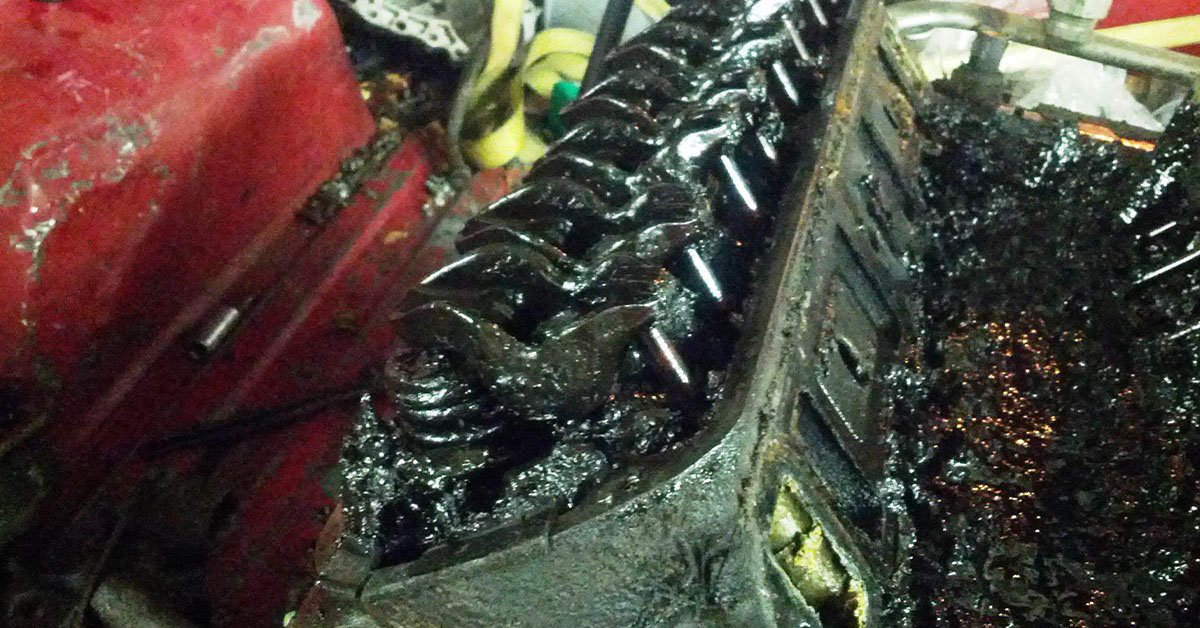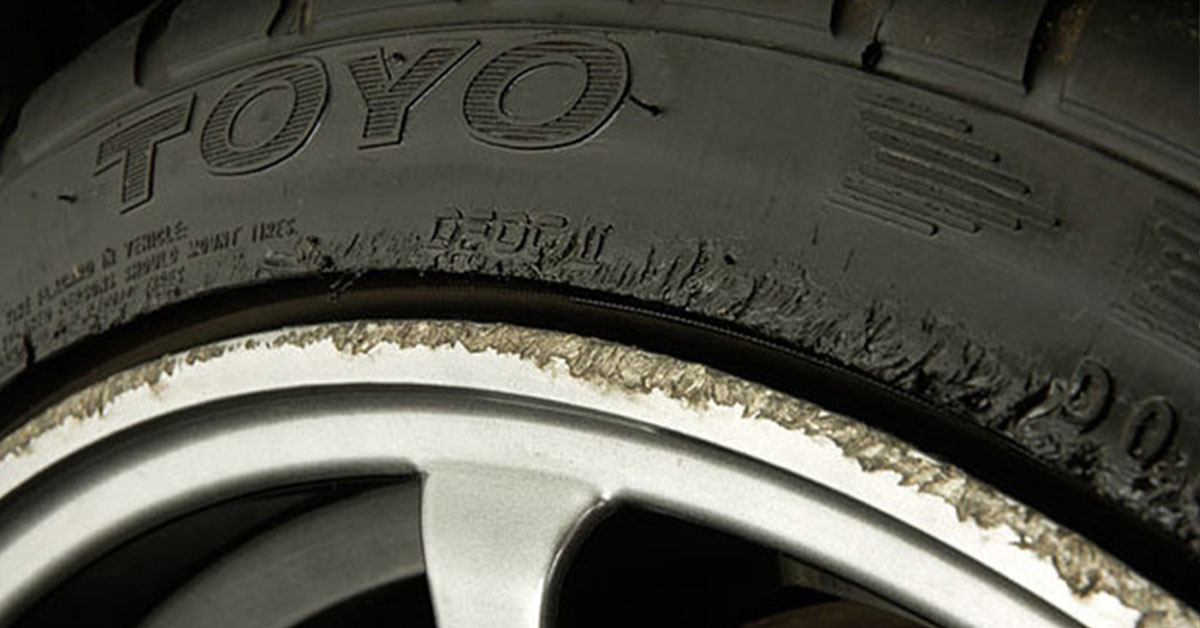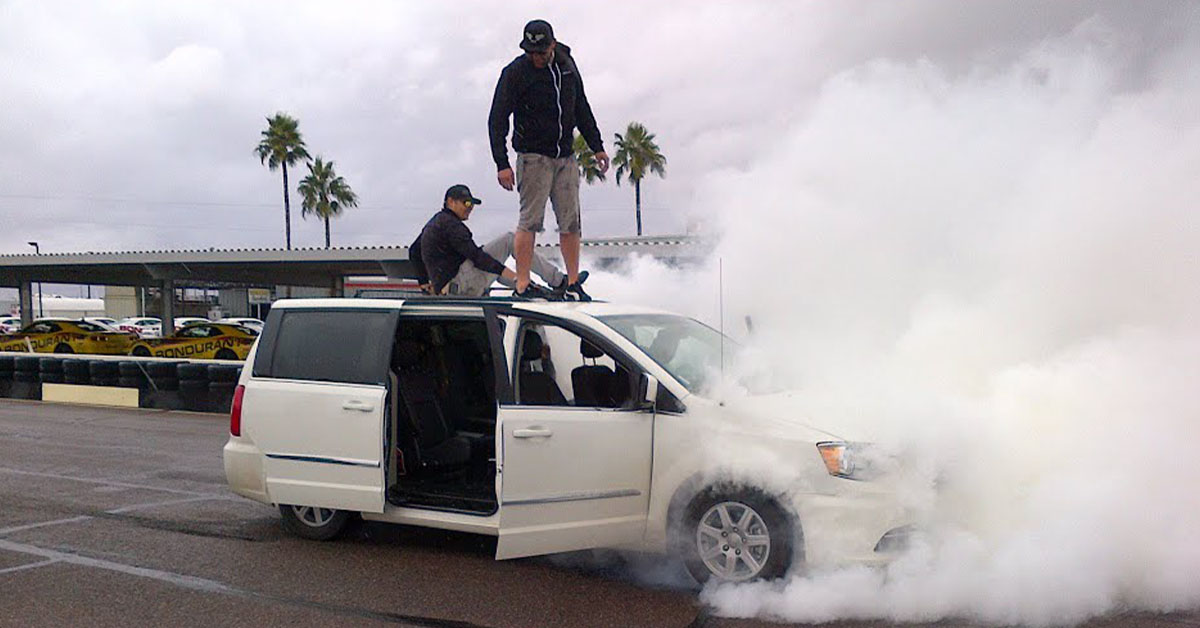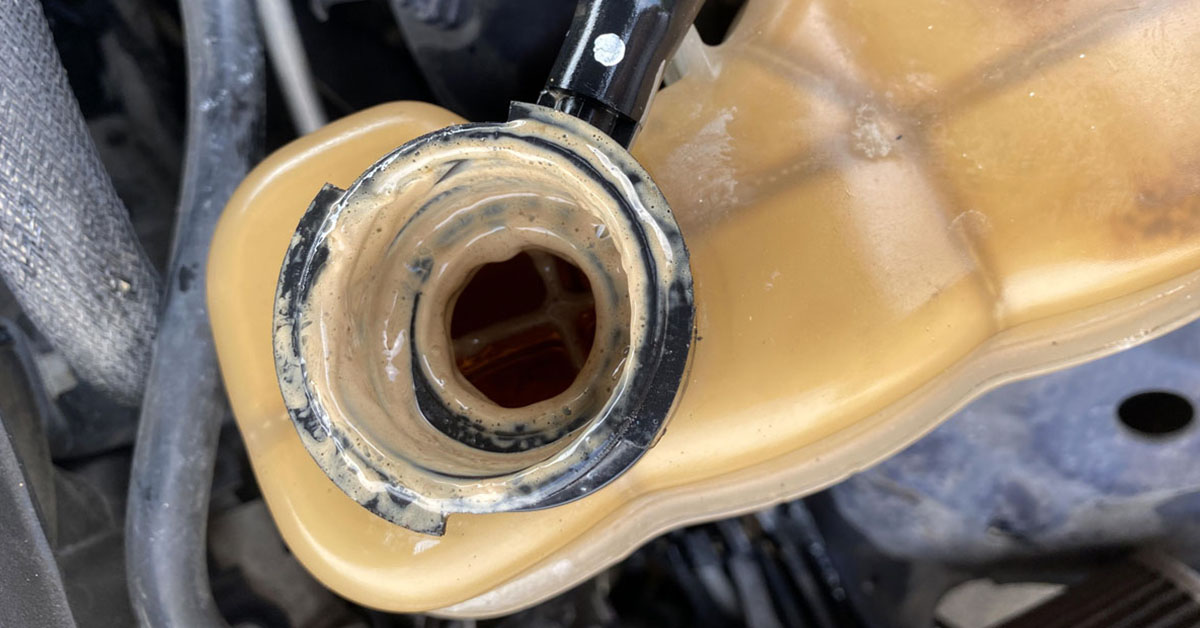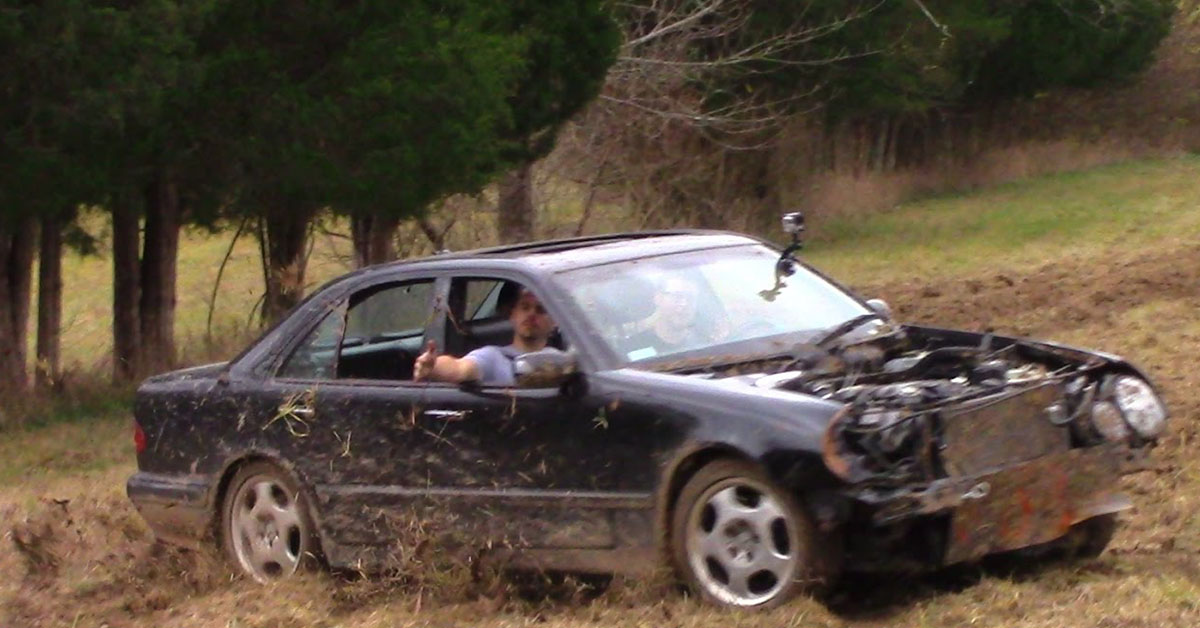For some, buying a car can be daunting, especially if you’re in the market for a used one. First, you have to figure out which car will meet your needs for everyday use and things like ease of maintenance and the overall ownership experience.
Then in some cases, you also need to figure out how to afford that perfect car. But one of many prospective owners’ biggest fears is buying a vehicle with underlying problems hidden in plain sight.
Used cars can have many mechanical problems, especially if they have high mileage or owners abuse them. Vehicle abuse describes the damage caused by misuses, such as off-roading, racing, neglect, or poor vehicle maintenance.
And although some of these issues are sometimes evident, even if you’re not a car expert, other problems are not so obvious, such as neglected transmission or not changing fluids regularly, which can damage the car or affect its performance.
Excessive Dirt
When selling a used car, most sellers wash it before taking photos and showing it to buyers. However, it’s not rare that some sellers won’t do this. So, those who leave their car filthy should cause you to raise an eyebrow. After all, if a seller didn’t take the time to clean a car before trying to sell it, it is less likely that he was careful with car maintenance and repairs. And although this shouldn’t be a deal breaker, at least not right off the bat, all the more reason you should take the car to be thoroughly inspected.
Via Precision Wheels
Curb Rash
Curb rash is the damage (dings, scratches, scuff marks, or finish deterioration) your rims or suffer when rubbing against curbs, hitting potholes, or some other obstruction resulting in cosmetic damage.
So one of the first things you must do before test driving your prospective car is check the wheels. Although most vehicles with alloy wheels will have some curb rash, excessive curb rash might make you reconsider buying this car, especially if the curb rash goes around the entire lip of the wheel on all four wheels.
Dents and Scratches
Although some cosmetic damage to a car doesn’t always imply poor maintenance or underlying mechanical problems, excessive dents and scratches on a car sometimes tell a lot about the vehicle’s state.
If the used car you’re considering has dents, dings, and scratches all over it, it can be a sign of a careless previous owner, which most likely was hard on the car. When buying a used car, a few dents and scratches here and there should not be of concern, but if the damage seems excessive, it probably is a sign of poor maintenance, and you should consider walking away.
Via The Smoking Tire YouTube channel
Faulty Transmission
One of the almost sure signs that an owner abused his car right is how the transmission feels when shifting. Shifts should feel smooth, with no jerks or strange noises, whether manual or automatic gearbox.
With bad manual gearboxes, you will typically notice symptoms like whirring, squealing, bumping, or thumping. The transmission could be making a grinding noise, jumping out of gear (into neutral, having difficulty shifting gears, the car is stuck in one gear or can’t get into gear, or leaking transmission oil.
Automatic transmission fluid should be bright pink or red. Brown or blackish is a no-no, and you should walk away. Also, a distinct burnt odor indicates the owner drove the vehicle without enough fluid. So give the fluid a good smell.
Via Robin Doyon YouTube channel
Failing Steering System
A noisy power steering alone is annoying. But if the car has trouble steering, strange noises while turning the wheel, extra play, or even a burning oil smell, these are almost always the result of a failing steering system which can be scary and potentially dangerous.
Like any other component in a car, a steering system will eventually fail without proper maintenance. Common steering problems include leaks, pump malfunctions, blocked hoses, contaminated power steering fluid, and worn power steering belts.
The power steering fluid should look pink or amber, but if it’s dark and cloudy, most likely, it’s contaminated with rubber from worn-out seals and o-rings.
Via Car Treatments
Engine Oil and Coolant
A quick test that can save you the rest of a used car inspection and the test drive is to check the car’s engine oil and antifreeze. Both fluids give you a glimpse of the car’s general condition and help you continue to consider buying it or avoiding it like the plague.
Oil: When you remove the fill cap and the dipstick, if you see a light-colored foam or black sludge, that is a sign of coolant and water in the oil, typically caused by a leaking or blown head gasket.
Ideally, the oil should look smooth, glossy, somewhat transparent, and amber-ish. You also don’t want to see any metal shavings.
Antifreeze: Depending on the car’s make and model, the color of the coolant (antifreeze) varies, but they have one thing in common, they’re all bright. If a coolant is cloudy and brown, that indicates rust inside the engine. If you notice engine oil or a rainbow-like sheen floating on top of the coolant, that is also an indicator of a compromised head gasket.
Via Bang Shift
Damage From Off-roading
Off-roading may damage the frame, suspension, alignment, and steering systems. So, if you notice a significant accumulation of mud along the undercarriage, that is typically a sign of off-roading.
Therefore, you should carefully examine the undercarriage to look for evidence of impact damage, broken suspension and steering components, and misaligned parts.
Lack of Repair Records
If the seller cannot provide accurate repair records, it’s safe to assume the car hasn’t been properly serviced. So approach the car’s condition with plenty of skepticism, and have it thoroughly inspected by a reputable mechanic.
On the flip side, a detailed set of records indicates that the owner took maintenance and repair seriously and that the car may be in good working condition.
Engine Codes
Diagnostic Trouble Codes, better known as engine fault codes, identify a particular problem in the car through a five-digit code. These codes are displayed on the scanning tool when connected to the OBD system.
It is not uncommon for a car that appears to be running fine to have one or more error codes. However, these can be deleted by correcting the fault or simply with a scanner if they do not indicate a severe fault.
But in cases where a used car has multiple codes, this typically indicates that the owner has ignored them and therefore has not addressed the faults causing them.
Via Diminished Value of Georgia
How the Car Rides
The surefire test of whether a car has been abused by its previous owners is how it drives. From how long it takes to start when you turn the key, to how it idles, how it accelerates, and even how the engine sounds and if there are strange noises in the body give you clues about the condition of the car. You can feel almost everything wrong with a vehicle through the pedals and steering wheel.
Being diligent when shopping can save you a lot of trouble and money. So don’t be afraid to seek help when buying your first car. And just as there are owners who abuse their vehicles, there are also many others who take good care of what may be your next car.




